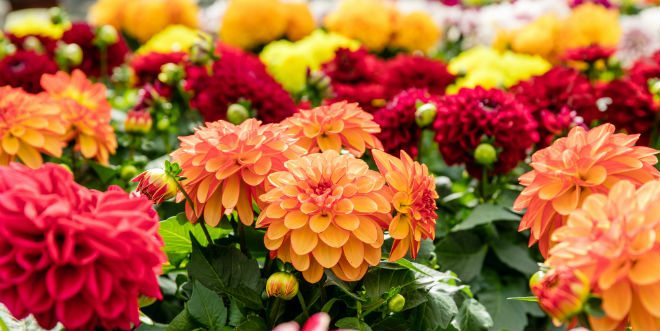
Evolution Before the Store
Dahlias, once dismissed as the last word in Victorian vulgarity, have inched their way back up the horticultural pecking order. It is not only huge country houses where dahlia borders are a popular feature; they are now accessible in any form and shape for houses or gardens.
The way to use them today is in stylish subtropical–style borders mixed in with jaunty celosias, shrubby lavendula and loud begonia colors. Or just keep them in pots.
Modern varieties are real stars in patio containers by themselves or part of a combination pot. These flowers are hot on the “wow” factor and great value for the money.
Check out the funky colors that are available nowadays. What was before only available in tubers waiting for them to go into flowering, now your customers can instantly enjoy these amazing colors.
How Colors and Shape Evolve
There is this whole road to travel before plants are even available in-store. I am sure a retailer like you is aware of this. So where is the passion if there are already so many possibilities? Well, there is a whole chain before this product is even on display at trade shows.
Developing new plants is only for people with a passion for plants. In-house developers, also known as breeders, have this eye for detail, which does not come natural to all of us, a different breed of people. Their sensation and passion for plants is just immense; this is something to envy.
Take for instance a bicolored flower. Everybody who knows a little bit about flowers knows that every bicolor flower does not always look exactly the same as the next one. It is one of Mother Nature’s games; therefore it is only possible to give the guidelines of what they want.
Breeders love nature so much so that they would never want to interfere with it. Everything the breeders develop feels like their own child. So it could well be that there are about 50 varieties of one color there, which they really would put forward to the next level.
Then the next step, you have the in-house product managers doing the technical bit. They are testing the plants and how they are reacting in the whole supply-chain. The petals need to keep their nice original color and the flower heads cannot fall off.
Can they deal with cold, humid, warm or tropical temperatures? Will they like it indoors or outdoors?
Logistics would be in order from the moment these flowers are born till the moment where they are at the end consumer’s patio. And then maybe … from the 50 choices, you stand the chance that there are only two colors left from the selection.
Some Like it Big, Some Like It Bicolored
Take for example dahlia LaBella Medio series, which comes with the pompom or ball-shaped dahlia that boasts a perfect spherical shape made up of rows of neatly lined, shapely petals.
The top of each petal is delicate, while the underside is a darker color, which shows itself more toward the centers where the petals become smaller and more densely packed, giving a honeycomb effect.
Bring dahlias out of the border and into your customers’ containers with compact LaBella Medio range. Being a collarette dahlia, you are rewarded with vibrant, two-tone florets on short stems, perfect for patio pots or front of border.
And guess what? Our little pollinating friends just love them!
Dahlia LaBella Grande colors are for those who want that subtle landscape-line difference in their gardens or patios. The plant is much bigger compared to the Medio type, but still very dainty with big flowers.
Whereas in some places the spacing is an issue, like balconies, but you can have the effect of a big dahlia because of the 4-inch flower in a relatively small space. Recommend this LaBella Grande as a centerpiece or as an alternative to your cordy lines or heathers.
Size Does Not Matter
Take for example the dahlia LaBella Piccolo series.
This series stands out because of (as the name indicates) its small decorative flowers that give the plant a distinctly playful look.
The plant remains compact and therefore, dahlia LaBella Piccolo is an ideal choice for the garden or the patio. The plant does not require any support because it only grows to 8 inches in height. By now, there are many colors available and the series is regularly increased by new surprising colors.
Looking at all these style trendy colors for the 2016 to 2017 season in the LaBella series range combined with a beautiful contemporary pot or modern colored pot, they will satisfy every end- consumer on color and size.
In-store, the difference the LaBella series range will make is that it will look very neat on display and the shelf life is very good.
The market in the U.S. is slightly different than the European one. Avant-garde and retro colors seem to be making their comeback in Europe, whereas here, two-tone and single colors are still popular.
Everyone is entitled to his or her own taste and there is something for everybody out there.
With 50 shades and shapes on the dahlia LaBella series and more to come, who can handle that?








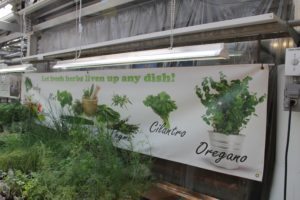
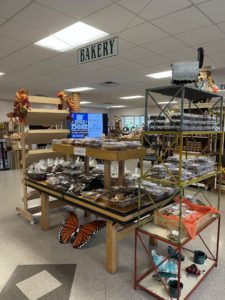
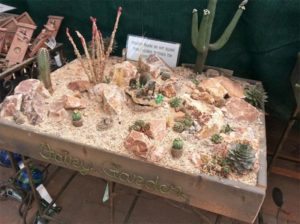
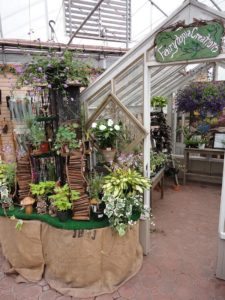
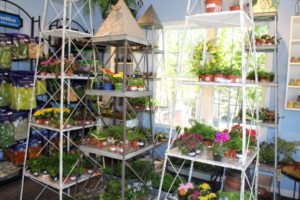
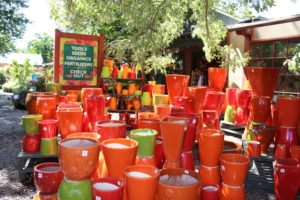
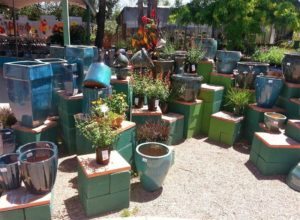
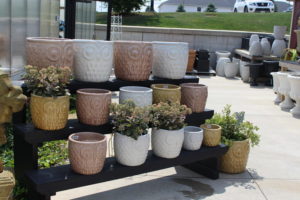
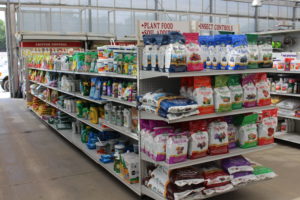
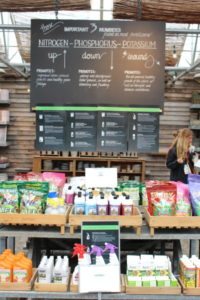
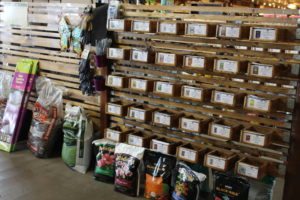
 Videos
Videos





